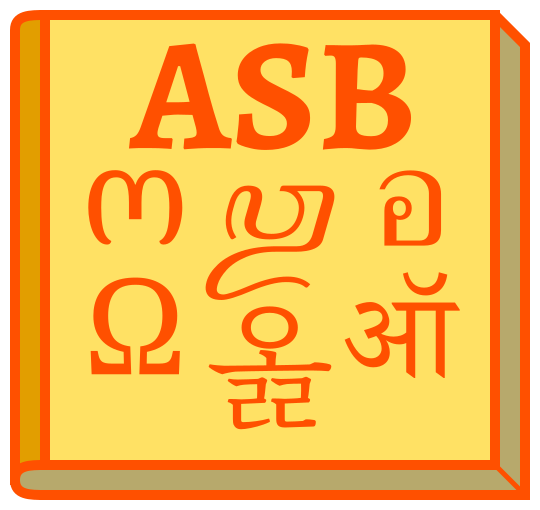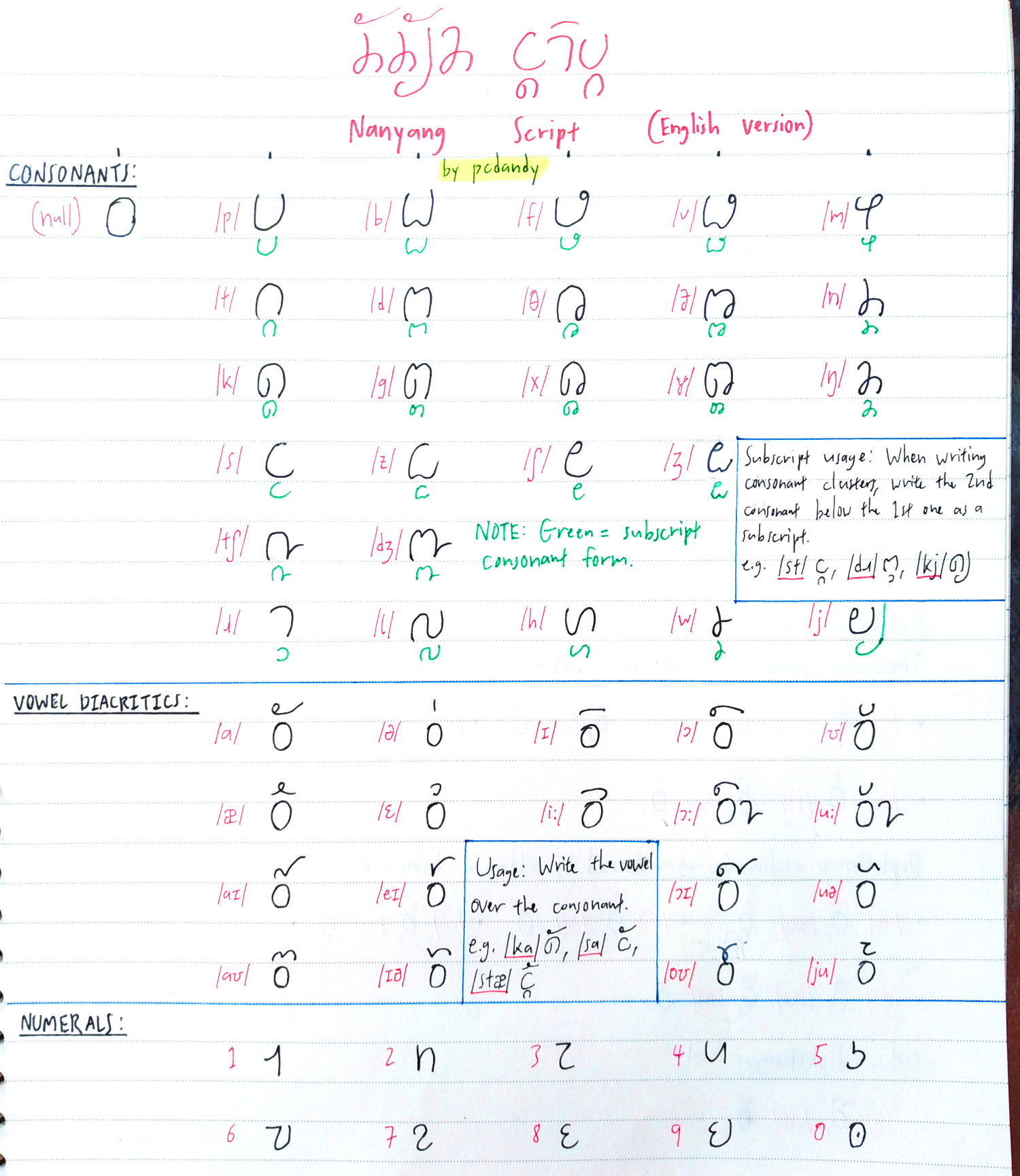Note: this is an updated version of the previous Thai script adaptation I did a few years ago. This new edition aims to more fully utilise all the available vowel diacritics and remaining Thai consonants that were left unused initially.
The Thai script was originally derived from an earlier version of the Khmer script to better fit the properties of the Thai language while retaining its ability to represent Sanskrit and Pali, in which Buddhist texts were written. Today, Thai script is well-supported on just about every modern computing device, so I wondered if I could use Thai script to write English efficiently. The end result repurposes ‘surplus’ Thai consonants to represent English consonant clusters and is reasonably compact in length while also being hard to read for those who do not understand this complex entanglement of consonants, consonant clusters and vowel diacritics. Hence, this would probably be the ideal script for keeping your secrets safe from prying eyes – that is, as long as the ‘prying eyes’ are not literate in Thai.
Adaptation process
In the Thai orthography, a single consonantal phoneme can be represented by up to 6 letters, all of which are assigned a particular class that is used to indicate a Thai tone. Many of these letters represent Indic consonants which do not exist in the Thai language (such as palatal, retroflex and breathy voiced consonants), as well as distinct Thai sounds which had since merged with other consonants. For example, the following Thai letters are all pronounced (albeit with different tones) /tʰ/: ฑ, ฒ, ฐ, ถ, ท and ธ. Likewise for /kʰ/: ข, ฃ, ค, ฅ, and ฆ. And for /pʰ/: ผ, พ, and ภ. There are a few more examples of such instances throughout the Thai script.
I utilised the extra letters to represent English sounds not present in Thai, with a particular focus on assigning the more simple letters to core English consonants. If the target sound doesn’t exist in Thai (e.g. /ð/), I’ll pinch one of the simpler letters from any large collection of letters with a similar pronunciation. For example, the letter for /θ/ (the ‘th’ sound in ‘teeth’), ท, was taken from the above group of /tʰ/ letters. (In this adaptation, ถ is used to represent the /t/ sound.) Likewise for /ð/ (the ‘th’ in ‘this’), which shall be ธ, also from the /tʰ/ letter group.
The vowels were more straightforward as the common ones could be easily mapped to their Thai equivalents. Some things to note:
- I elected not to use แ for /æ/, since it takes up more space than using an existing tone mark.
- The ‘maitaikhu’ diacritic อ็ is used to represent /ɔ/ (the ‘o’ in ‘pot’).
- The vowel sign for Thai /uː/ อู is used to represent the very common English diphthong /oʊ/ (the ‘ough’ ‘in ‘dough’). This was based on the equivalent Khmer script vowel diacritic អូ, which is also pronounced as /ou/ for certain consonants.
- Instead, English /uː/ shall be written as /ʊ/ อุ with the ‘mai ek’ tone marker อ่ like this: อุ่.
- Thai script has 2 diacritics for /aj/: ไอ and ใอ. In this adaptation, ไอ is used for /aɪ/ while ใอ is used for /eɪ/.



